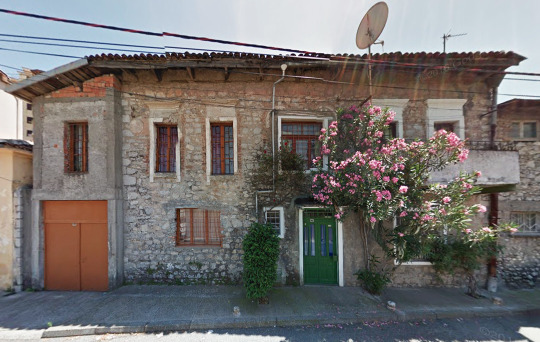#shkodër
Text

Muslim woman from Scutari, modern-day Shkodër, Albania
Italian vintage postcard
#scutari#muslim#tarjeta#italian#postkaart#sepia#historic#photo#postal#woman#briefkaart#photography#modern#vintage#ephemera#ansichtskarte#old#postcard#shkodër#day#postkarte#albania#carte postale#shkodr
6 notes
·
View notes
Photo



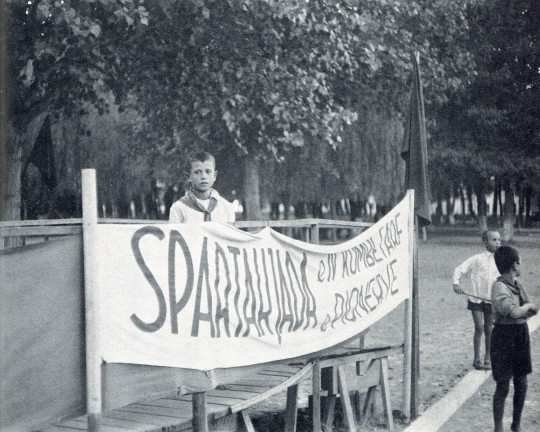

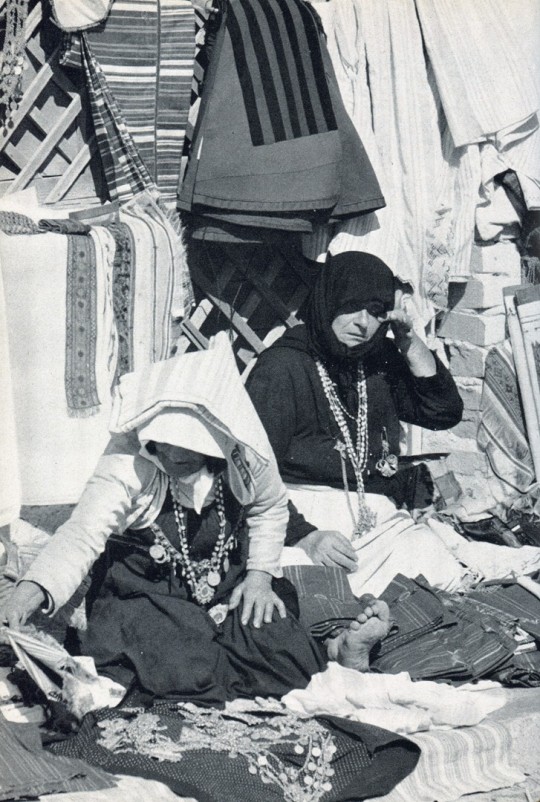

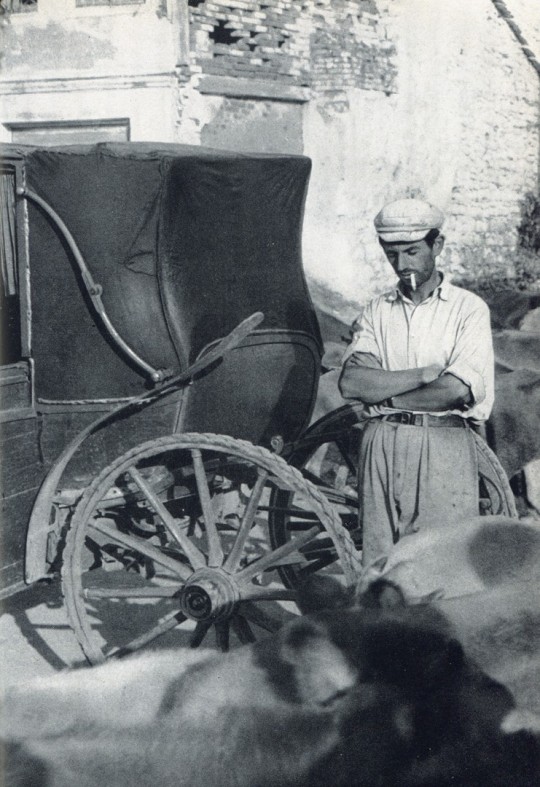
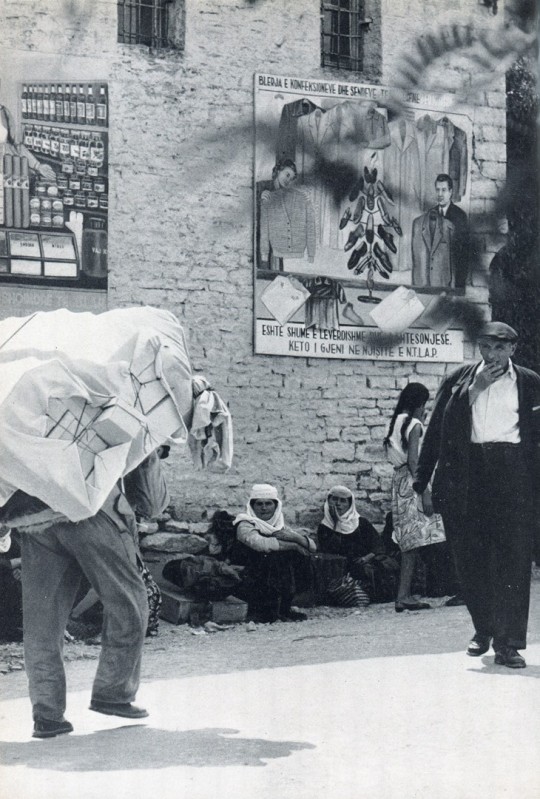
Albania, 1961, photographed by West German journalist Harry Hamm (1922-1979)
Women march at a rally in Elbasan, with banners that read: “Forward with the building of a socialist society”; “Let’s implement the historic resolutions of the Fourth Congress of the Albanian Party of Labour”; “Let’s construct socialism with a pickaxe in one hand and a rifle in the other”
Fishermen rest under ruins of ancient Butrint
Mesi Bridge, Mes (near Shkodër)
Boys at a Pioneer camp in Durrës; the banner reads “4th National Pioneers’ Spartakiad”
Skanderbeg Square, Tirana
Women sell fabric at the market in Shkodër
People gather at a beachside snack bar under portraits of Hysni Kapo and Enver Hoxha
A man leans on a carriage at the market in Shkodër
Street scene in Gjirokastër
via albanianphotography.net
#albania#shqip#harry hamm#shqipëri#shqiperia#enver hoxha#hysni kapo#elbasan#butrint#shkodër#gjirokastër#tirana#1961
20 notes
·
View notes
Link
https://kursimebel.com/product/crossback-chair/
#patos#Peshkopi#Librazhd-Qendër#kuçovë#krujë#tirana#durrës#vlorë#kamëz#fier#Shkodër#Elbasan#Korçë#Sarandë#Berat#Lushnjë#Kavajë#Gjirokastër#Pogradec#Fushë-Krujë#Laç#Kukës#Sukth#Lezhë
1 note
·
View note
Text
Skadar Lake near Rijeka Crnojevica in southern Montenegro

0 notes
Photo

Maria Lai. Kordelja e kaltër, Organized by Melisa Ballata, Art House, Shkodër, June 2-30, 2022
#graphic design#typography#art#textile#weaving#embroidery#visual writing#exhibition#poster#flyer#maria lai#melisa ballata#art house shkodër#2020s
33 notes
·
View notes
Photo




Sophie Ingle, Fran Kirby, Katerina Svitkova, and Maren Mjelde (pen) score against Vllaznia.
#Fran Kirby#Katerina Svitkova#Maren Mjelde#Sophie Ingle#Chelsea FC Women#Chelsea FCW#KFF Vllaznia Shkodër#UEFA Women's Champions League#hair sports#HSPN#soccer#football#sports
7 notes
·
View notes
Text

Lake Skadar, Virpazar, Montenegro
Mujo Hasanovic
#Lake Skadar#Virpazar#Montenegro#Lake#Europe#MontenegroNature#Boats#Lake Scutari#Lake Shkodër#Lake Shkodra
1 note
·
View note
Text
Shkoder
My second visit this lovely city, Shkoder may not have many big sights but is a very pleasant place to wander around. After a couple of weeks exploring Croatia and Montenegro it felt much more like a living city than a tourist attraction.
The Cathedral of St Stephen was almost empty other than a tour group that I later ran into again at Ebu Beker mosque. It has had an eventful history, being…

View On WordPress
#Albania#Cathedral of St Stephen#Ebu Beker mosque#El Zamil Mosque#Franciscan Church of Shkodër#Kisha E Motrave Stigmatine#Migjeni Theatre#Millennium Cinema#Nativity of Christ#photography#Rozafa Castle#Rruga Gjuhadol#Rruga Kolë Idromeno#Shkoder#Shkoder Municipality Building#Shkodra#Site of Witness and Memory#travel
0 notes
Text
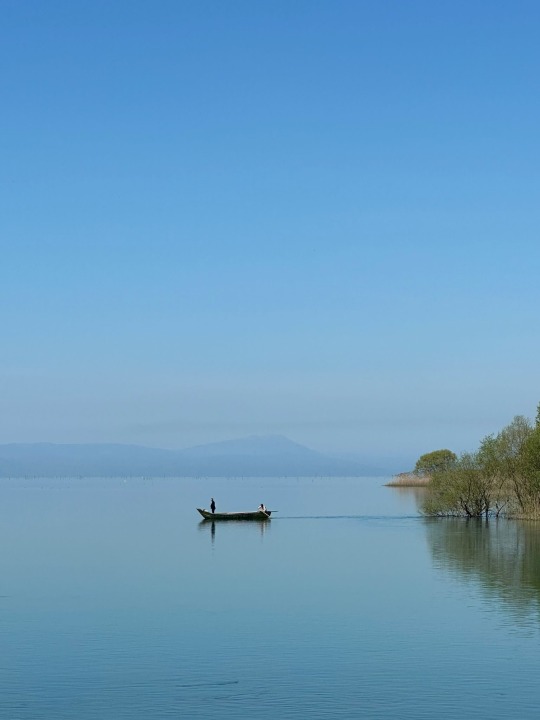
shkodër, albania
60 notes
·
View notes
Text

alternate touhou names based on this map
-Marisă Chirisâme
-Kojši Komeži
-Alica Margavića
-Ремиља Скарлетић (Remilja Skartletić)
-Flandr Skarletić
-Qirnë, Lake Shkodër's strongest ice fairy
-Иому Кънпаку (Iomu Kǎnpaku)
-Reymü Hakurı
-Σανάε Κοτζία (Sanáe Kotzía)
-Ucuë "Oky" Rrejuxhë
13 notes
·
View notes
Text
Shurdh
Shurdh or Shurdhi is a weather and storm god in Albanian pagan mythology, who causes hailstorms and throws thunder and lightning. Shurdh was worshiped in northern Albania until recent times.
Shurdhi is thought to have been an ancient Illyrian god. In some regions of the Albanian Alps the weather and storm god was referred to as Rmoria or I Verbti; the latter is an Albanian adjectival noun meaning "the blind one" that was used in northern Albania also to refer to the fire and wind god. Shurdhi could be related to the sky and lightning god Zojz, and to the presumable sky and weather god Perëndi. Some of Shurdhi's attributes can be found in the mythological figure of drangue.
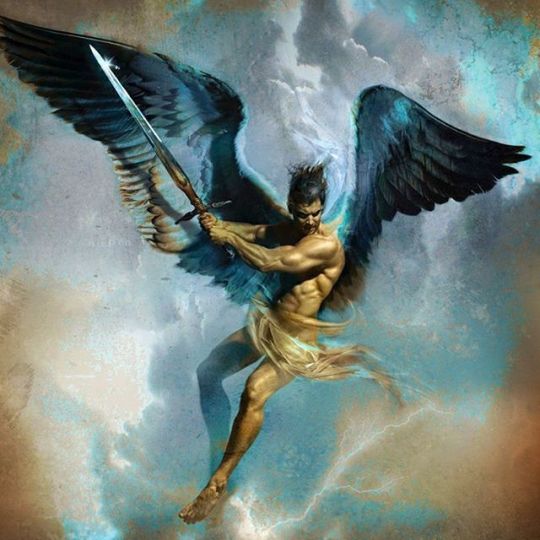
The name Shurdhi appears to be connected with the Albanian term i shurdhët meaning "the deaf one", however, this link seems to be only a coincidence, since the name Shurdh is more likely a compound of *seuro, "water" (cf. Albanian shurrë "urine"), and *dos "giver/donor" (cf. Albanian dhashë/dha, "I gave/he gave"); his name thus means "water donor". A relation between the name Shurdh and the second part of the theonym Zibelsurdus found in ancient Thracian epigraphic monuments has been suggested.
The coincidence of the name of the weather and storm god Shurdh with the term shurdh-i "the deaf one" probably gave rise to the adjectival noun I Verbti "the blind one" or Shën Verbti "the holy blind one", which was used to refer to the weather and storm god in the Albanian Alps along with Rrmoria, and to refer to the fire and wind god in the Zadrima region.
The theonym Shurdh could be related to the name of the island of Shurdhah near Shkodër, and it is found in the oronym Maja Shurdh ("Shurdh Peak") in Kelmendi, and the toponym mi Shurdh, a region in Mirdita.
According to folk beliefs, Shurdhi travels using storm clouds which announce hailstorms when he arrives. He can be greeted and turned away with noise and gunshots. Baron Nopcsa identified Shurdhi with the ancient Thracian thunder deity Zibelsurdus, who was also greeted with weapons. According to Karl Treimer, a presumable basic form perejont-, "the striker", of the Albanian divine name Perëndi may be an epithet of the thunderstorm god Shurdh, who may have been a favorite god since he would have refreshed pastures and fields and was probably also of a warlike nature after this presumable epithet given to him.
8 notes
·
View notes
Photo

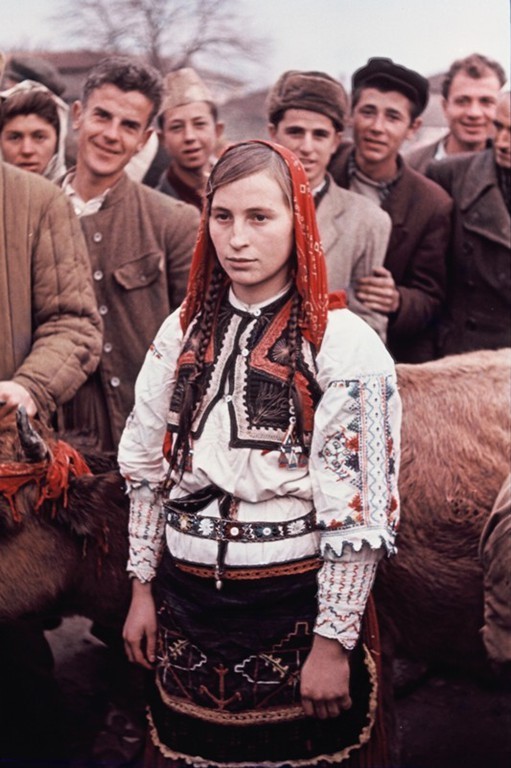


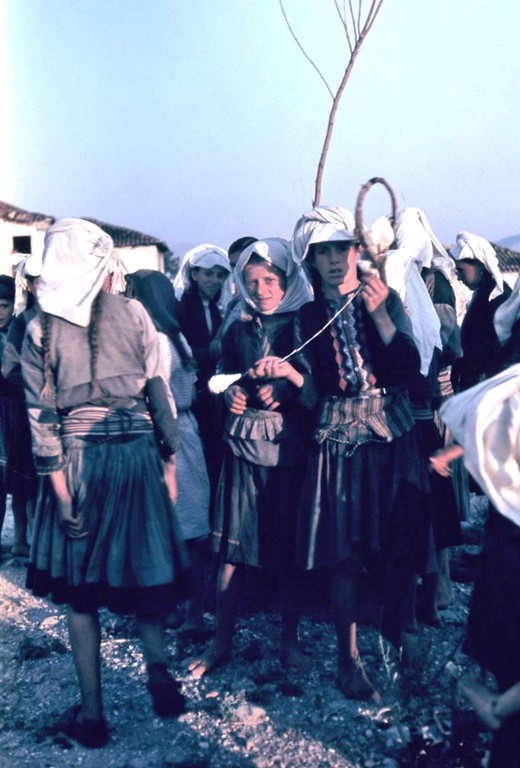
Portraits of Albania, 1957, by philologist Wilfried Fiedler (1933-2019)
A young man playing a çiftelia
A young woman in the market in Shkodër
Three young men in Koplik
A woman from Northern Albania wearing a xhubleta
Women gather at a fountain in Xarrë
via albanianphotography.net
471 notes
·
View notes
Link
https://kursimebel.com/product/tiffany-chair/
0 notes
Text

》 Mükrime Hatun 《
(In some sources, it is written as Mükerrem and Muharrem.)
Real name: Hüma
Date and place of birth : 1494 / Shkodër
Date of death and place: 05.09.1555 Edirne
Father: Skanderbeg (formerly / Prince Stephan Stanisha Chirnoevich)
Mother: Albanian Princess (probably Princess Arianiti)
Origin: Montenegro Royal family Chirnoyevich (Chernoyevich) dynasty
Spouse: 1 Süleyman
Marriage date : 12.1508 / Şebinkarahisar
Children: Şehzade Bayezid
Meryem Sultan
Neslihan Sultan
Şehzade Murad
Mükrime Hatun lived in Edirne Palace since 1534. And after 1545, he lived in his own palace in Edirne.
◇ Photo is representative.◇
#magnificent century#muhteşem yüzyıl#mukrime hatun#ottoman empire#ottoman history#sultans#sultan süleyman#sultan suleyman#suleiman the magnificent
7 notes
·
View notes
Text


prizren // shkodër
36 notes
·
View notes
